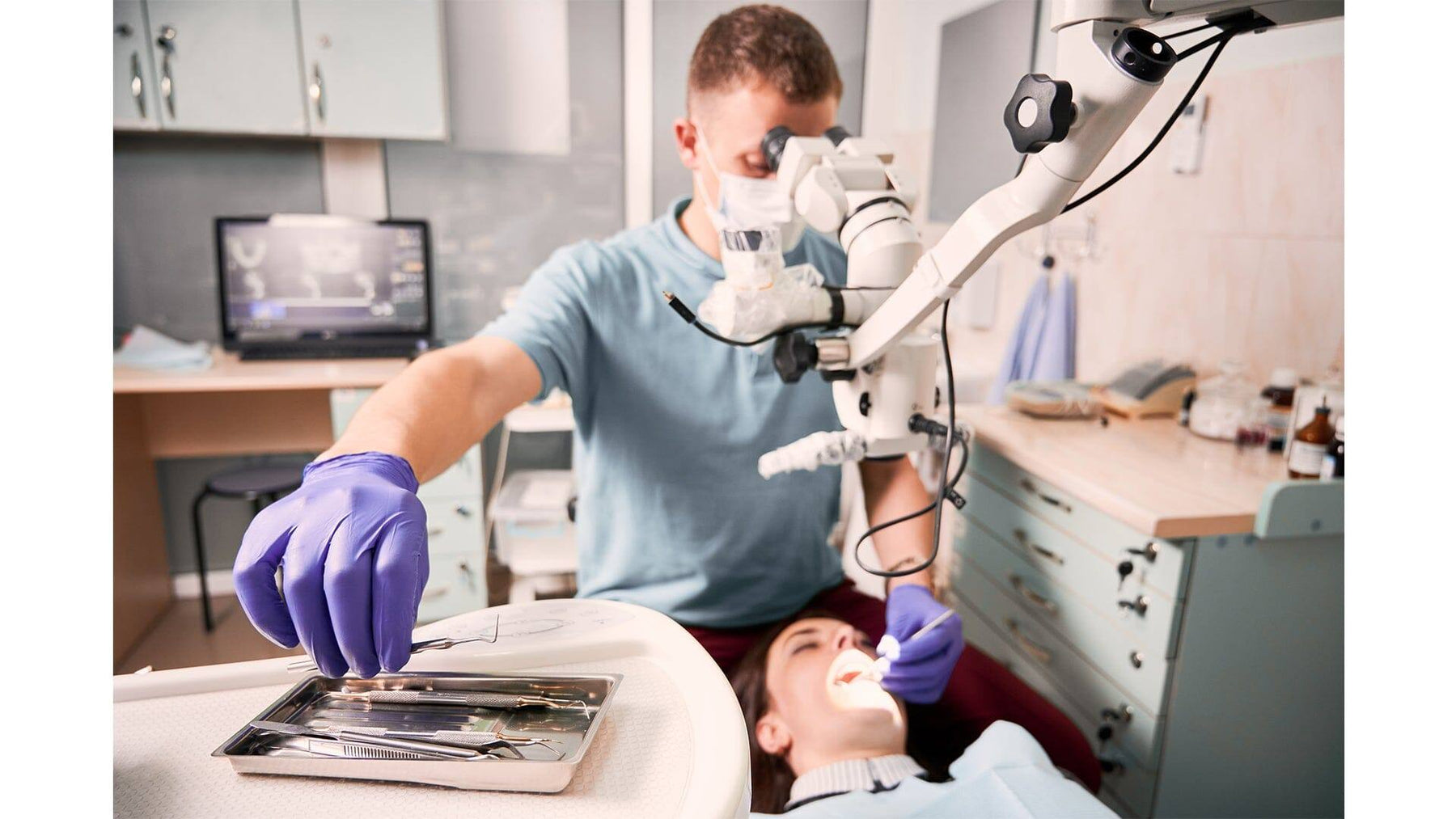
How to Choose the Best Gloves for Dentists
In a dentist office, gloves are an essential part of personal protective equipment (PPE) used to protect both the dental professional and the patient. Choosing the right gloves for a dentist office is crucial to ensure safety and comfort during dental procedures. Here are some important factors to consider when selecting gloves for your dentist office.
Material
The most common materials for dental gloves are latex, nitrile, and vinyl. Latex gloves are the most popular because they provide the best tactile sensitivity and fit. However, some people have allergies to latex, which can cause skin irritation or allergic reactions. Nitrile gloves are a good alternative to latex gloves, as they offer similar sensitivity and fit without the risk of allergies. Vinyl gloves are the least expensive option, but they offer less protection and are not recommended for dental procedures that involve chemicals or sharp objects.
Size and Fit
Proper fit is essential for gloves to be effective in protecting against infection and to allow for dexterity during procedures. Gloves that are too tight can be uncomfortable and can tear, while gloves that are too loose can reduce tactile sensitivity and interfere with the procedure. It is important to select gloves that are the right size and fit snugly around the hand, without being too tight.
Thickness
The thickness of gloves is also an important factor to consider. Thicker gloves offer more protection, but they may also reduce tactile sensitivity and interfere with manual dexterity. Thin gloves may offer better tactile sensitivity but may not provide enough protection. A thickness of around 4-5 mil is generally recommended for dental gloves.
Powdered vs Powder-Free
Gloves can come in powdered or powder-free varieties. Powdered gloves are easier to put on and take off, but they can cause irritation and allergic reactions. Powder-free gloves are recommended for people with allergies or sensitive skin.
Length
Gloves can come in various lengths, from wrist-length to elbow-length. Longer gloves offer better protection and coverage, but they may also be less comfortable and more difficult to work with. Wrist-length gloves are suitable for most dental procedures, but longer gloves may be necessary for procedures that involve splatter or exposure to bodily fluids.
In conclusion, selecting the right gloves for dental work is important for both the safety and comfort of dental professionals and patients. Factors to consider include material, size and fit, thickness, powdered vs powder-free, and length. It is important to select gloves that provide adequate protection while also allowing for dexterity and comfort during dental procedures.

Leave a comment